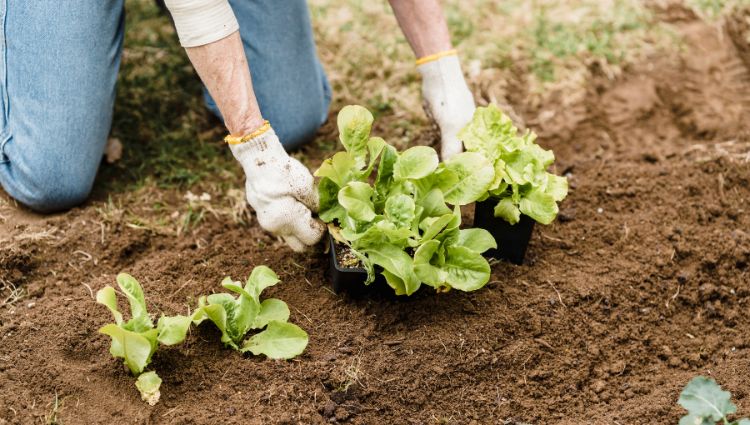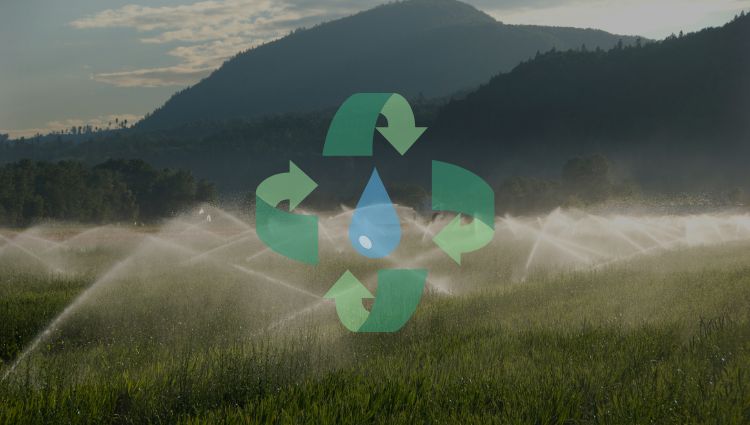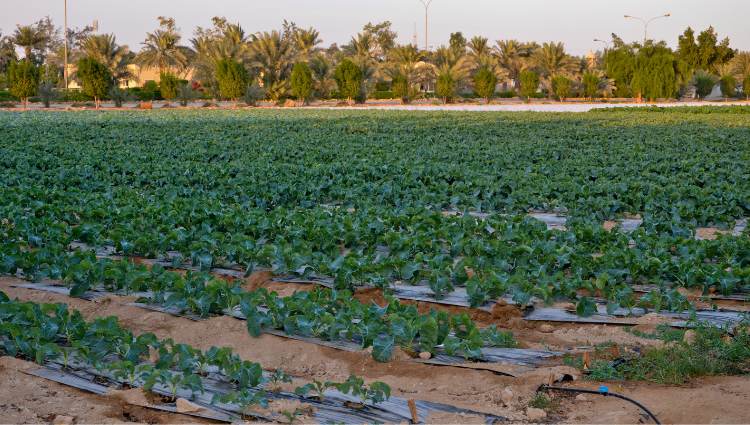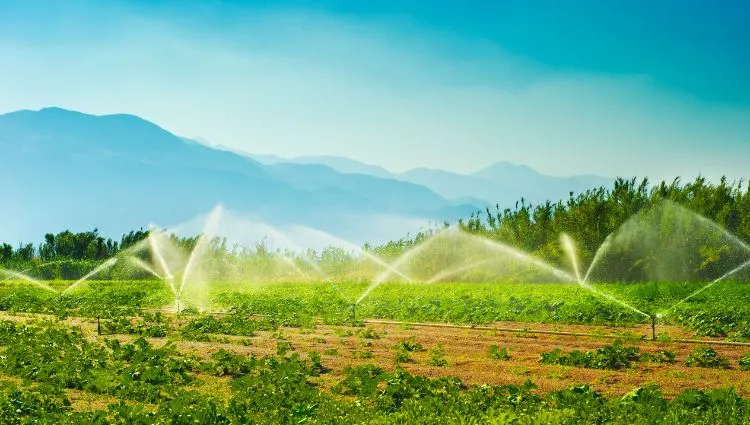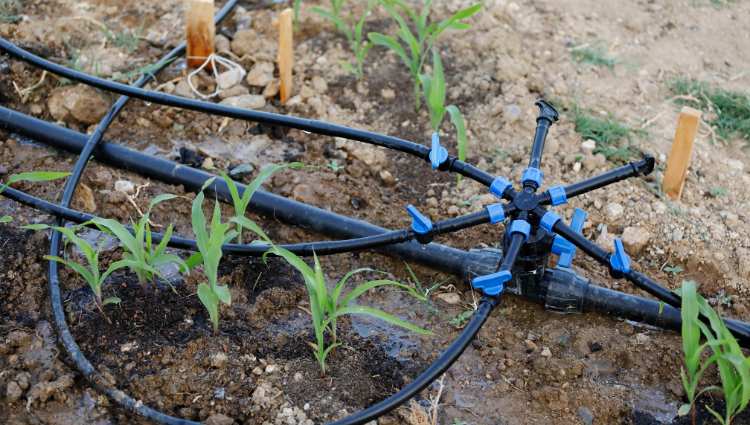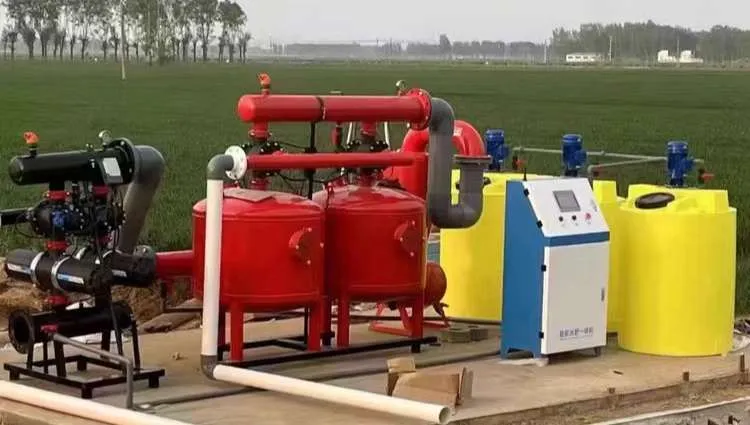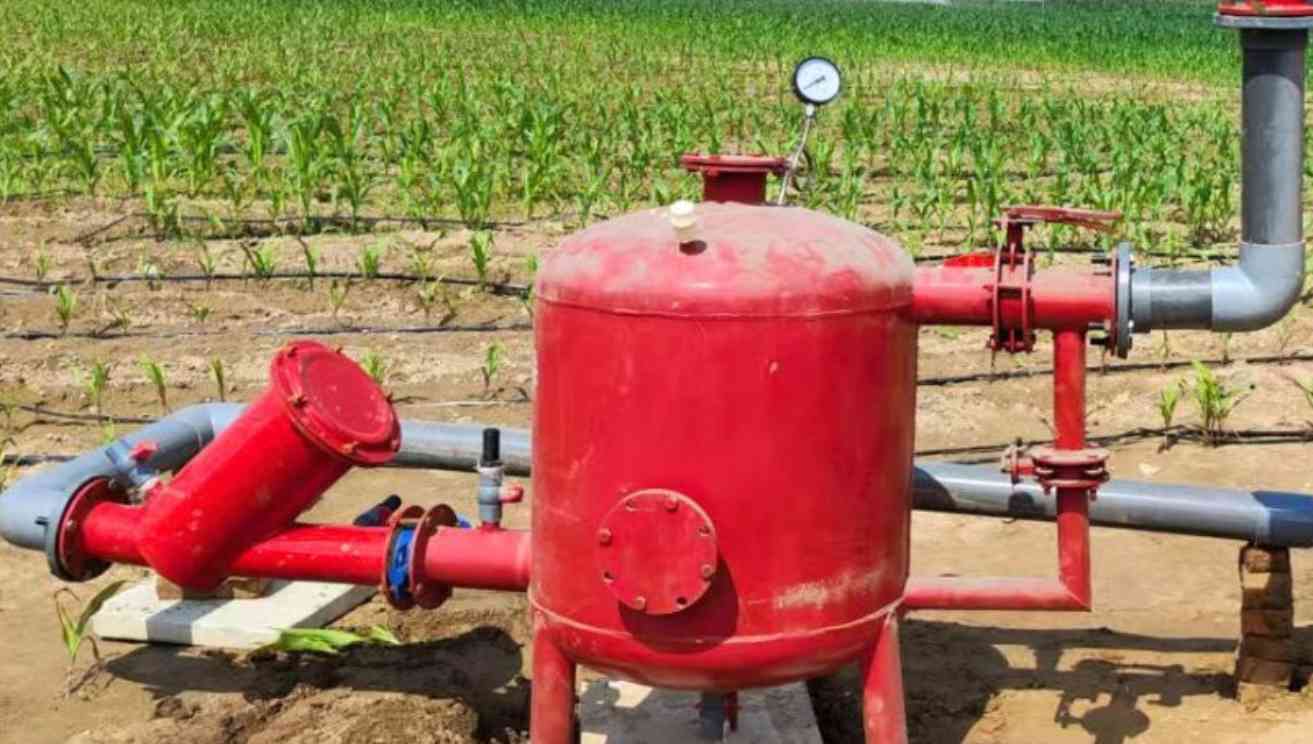Daftar isi
Soil texture refers to the size and proportion of mineral particles (sand, clay, and silt) in the soil. It affects the soil’s water-holding capacity, air permeability, nutrient retention, cultivation difficulty, crop types, dan sebagainya. Soil texture can mainly be divided into three types: sandy soil, clay soil, and loam soil.
This post will introduce the characteristics of these three types of soil texture.
Sandy Soil

Sandy soil is mainly composed of sand particles. Tentu saja, there are also clay particles, but the proportion is very small. Sandy soil is very loose, and even when moistened with water, it is hard to form a lump. It has large pores between the particles, so its water-holding capacity and nutrient-retention ability are both weak. Whether it’s rainfall or artificial irrigation, water tends to easily seep through or evaporate from the pores in sandy soil.
Secara umum, sandy soil is located farther from the groundwater level. Only the sandy soil near riverbanks has groundwater closer to the surface. Karena itu, sandy soil has weak drought resistance and is more suitable for drought-tolerant crops such as watermelon, sweet potato, and peanuts.
When growing crops in sandy soil, it is recommended to irrigate in small amounts but more frequently to ensure a timely and adequate water supply. Selain itu, you can cover the surface of the sandy soil with some clay particles to reduce evaporation from the soil surface.
Sandy soil lacks clay particles and organic matter, and is already low in nutrients, with poor nutrient-holding capacity. When applying fertilizers such as animal manure or ammonium sulfate, they tend to leach away easily, and the fertilizing effect doesn’t last long. During the day, sandy soil warms up quickly under sunlight, but it also cools down quickly at night. So its heat retention is poor, while its air permeability is good. Thanks to this breathability, microbial activity in sandy soil is strong, organic matter decomposes quickly, and nutrients are released, allowing crops to enter the growth stage faster. Namun, the accumulation of organic matter in sandy soil is difficult, and its content is low. Karena itu, when fertilizing, it is better to choose organic fertilizers and apply them frequently to ensure a longer-lasting fertilization effect.
Clay Soil

Clay soil is mainly composed of clay particles, and it contains very little sand. Clay is heavy and compact. When moistened, it can easily be squeezed into a lump by hand, and once it dries, the lump becomes quite hard. The number of pores between the particles in clay is higher than in sandy soil, but the pores are very small, so rainwater or irrigation water has difficulty infiltrating, and drainage is also poor.
Clay is rich in minerals and organic matter. Its narrow pores are often blocked by water, which makes its air permeability poor and can inhibit the activity of certain microorganisms. The organic matter in clay decomposes slowly and tends to tightly bind with the clay particles, making it hard to break down and easy to accumulate. Sebagai akibat, clay has strong nutrient-retention ability, and its nutrient content is much higher than that of sandy soil.
Clay has a strong water-holding capacity and good heat retention. In early spring, moist clay warms up very slowly, and farmers often call it “cold soil.” In winter, clay also cools down slowly, so crops that experience short-term cold spells are less likely to suffer frost damage.
Clay that lacks organic matter tends to clump into large chunks. When wet, it becomes muddy; when dry, it becomes hard and prone to cracking, which can damage crop roots. This makes it inconvenient for cultivation.
Clay soil is suitable for growing water-loving crops such as rice, tebu, and lotus root. When fertilizing, organic fertilizers should be used, and attention should be paid to drainage. It is best to cultivate clay under conditions with sufficient water through intensive farming practices.
Loam Soil

The characteristics of loam soil lie between those of sandy soil and clay soil. It combines the advantages of both and is a very balanced soil type. When moistened, it can easily be squeezed into a lump by hand, and it doesn’t fall apart easily.
Loam has the good air permeability and easy workability of sandy soil, as well as the good water-holding capacity and nutrient retention of clay soil. In the field of agricultural cultivation, it is considered one of the most ideal soil textures, suitable for growing corn, wheat, soybeans, sayuran, and most other crops. With scientifically managed irrigation and fertilization, loam can ensure both the yield and quality of crops.
Comparison Table
The above section has introduced the characteristics of sandy soil, clay soil, and loam soil, and I believe you now have a clear understanding of them. Namun, to make it even easier for you to understand and compare their features, I’ve also prepared a comparison table of the three for your reference.
| Soil Texture | Sandy Soil | Clay Soil | Loam Soil |
| Main Composition | Mainly sand particles, with a small amount of clay particles | Mainly clay particles, with a small amount of sand particles | Balanced proportion of sand and clay particles |
| Structural Feature | Loose | Compact | Moderate structure |
| Water-Holding Capacity | Poor, water easily lost or evaporated | Strong, retains much water, prone to waterlogging | Moderate, can retain water without excessive accumulation |
| Drainage | Very good | Poor | Good |
| Air Permeability | Very good | Poor | Good |
| Nutrient Retention | Poor, nutrients easily lost | Strong, nutrients easily accumulate | Good |
| Heat Retention | Poor, large day-night temperature difference | Strong, good temperature stability | Moderate |
| Microbial Activity | Active, organic matter decomposes quickly | Relatively low, organic matter decomposes slowly | Moderate |
| Ease of Cultivation | Easy to cultivate | Difficult to cultivate | Easy to cultivate |
| Suitable Crops | Drought-tolerant crops, such as watermelon, peanuts, sweet potatoes | Water-loving crops, such as rice, tebu, lotus root | Most crops, seperti jagung, wheat, soybeans, sayuran, dll.. |
| Cultivation Advice | Irrigate in small amounts and frequently, apply organic fertilizer diligently | Pay attention to drainage, water more when dry | Normal cultivation, apply fertilizers and irrigate reasonably |
Kata -kata terakhir
Akhirnya, Tolong izinkan saya untuk memperkenalkan perusahaan kami. Rainfaun adalah produsen produk irigasi yang berkantor pusat di Cina. Kami memproduksi dan mengekspor produk seperti irigasi tetes Dan Sistem Sprinkler, termasuk katup irigasi tetes, perlengkapan irigasi tetes, DRIPLINE, tape tetes, menetes, Taruhan panah tetesan, alat penyiram, SPRINKLER MICRO, senjata hujan, filters, katup, Letakkan selang datar, PVC pipe fittings, PP Fittings, BSP thread fittings, dan sebagainya. Anda dapat menemukan informasi Tentang Rainfaun Dan Produk kami di situs web ini.
Jika Anda ingin bekerja sama dengan kami, Anda bisa klik disini untuk mengisi formulir.
Pengarang: Michael
Editor: Michael
Peninjau Konten: Michael
